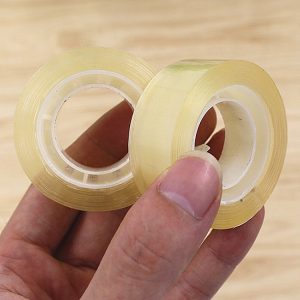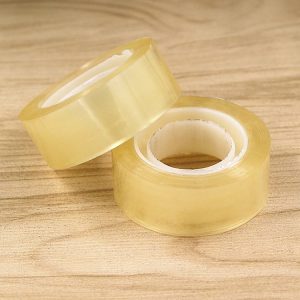Adhesive tape is a common auxiliary material in our lives, whether it is used in daily life or in industry with special functions. As the four seasons change, the temperature varies greatly. From the cold of -10°C in winter to the extreme heat of 40°C in summer, tapes are used all year round. So how much influence does the temperature of different seasons have on the adhesiveness of the tape? You analyze it together.
Generally, the glue solvents for tapes include water glue, oil glue, hot melt glue, rubber and silica gel, etc. Silicone glue is often used in high temperature resistant tapes, and the temperature resistance is generally above 200 ℃, so there is no need to worry about the temperature difference caused by the change of seasons. It will affect the adhesiveness of the tape coated with silicone glue. Compared with silicone glue, the temperature resistance of water glue, oil glue, hot melt glue and rubber glue is not so high. Water glue, oil glue and hot melt glue are generally used at room temperature and are resistant to high temperatures. At around 80°C, although the summer is hot, the temperature is far below 80°C. Therefore, the use of water glue, oil glue and hot melt adhesive tape does not have a great impact, but it still slightly affects the viscosity.
In practice, hot-melt adhesive tape has the worst weather resistance, and the temperature is suddenly cold in winter. When used outdoors, the viscosity may decrease or even disappear. Hot-melt adhesive tape will become soft at high temperature in summer, and it is easy to residue and overflow. Phenomenon. The rubber-type glue has a relatively high temperature resistance, and can withstand high temperatures up to about 200°C. The adhesiveness of the rubber-type glue is less affected by the weather, and the glue is stable, so it can be used with confidence. Seeing here, do you have a preliminary understanding of the influence of temperature in different seasons on the adhesiveness of the tape?






















